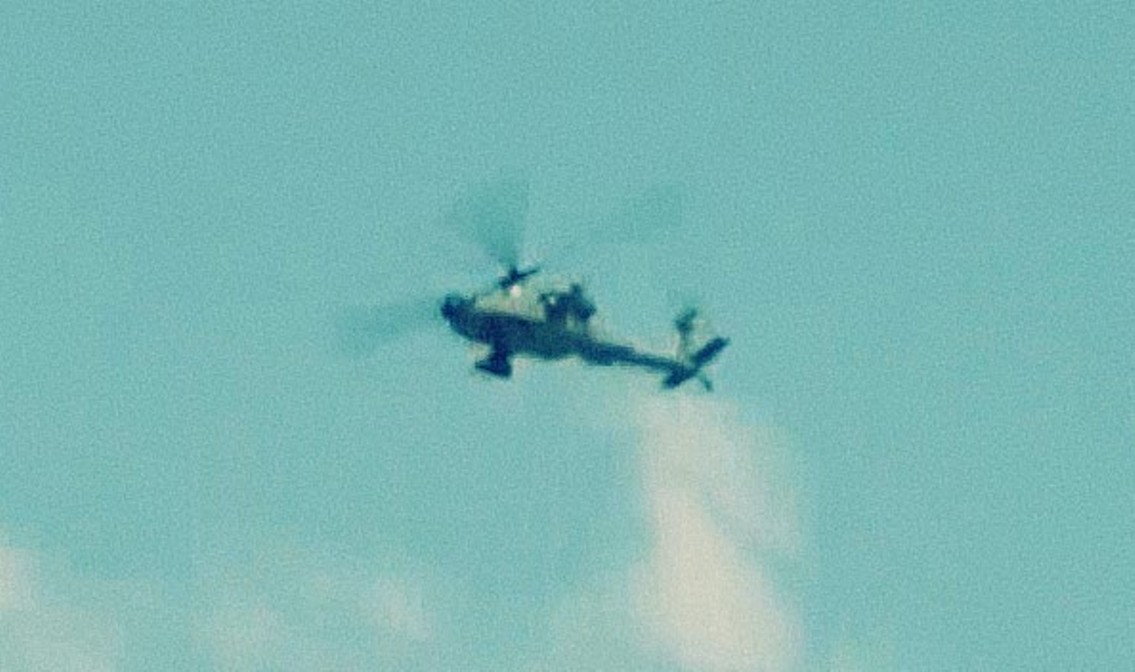
The Indian Air Force’s new Boeing AH-64E Apache helicopters broke cover in Leh today in what is their first deployment to the very high altitudes of Ladakh in an operational atmosphere. The Leh air base where the Apaches were spotted operating from today, is at an elevation of over 10,600 feet above mean sea level.
The appearance of the Apaches in Ladakh is immediately significant, coming as it does at a time when an extended military standoff at the disputed border in Ladakh between India and China led to a brutal clash of troops on the night of June 15, resulting the deaths of 20 Indian Army personnel and an unspecified number of Chinese personnel. The fatalities were the first between both countries in nearly half a century of a border peace that has never escalated beyond the occasional brawl.
In this backdrop, the appearance of the IAF Apaches in Ladakh carried clear meaning, and is likely to have been planned specifically as a message to the Chinese government. The helicopters were seen operating openly amidst routine air activity in the area, which included the IAF’s upgraded MiG-29s and Su-30 MKI fighters, both of which have had a fair bit of Ladakh time now.
Aviation journalist Angad Singh says, “Along with the MiG-29UPGs, sends a strong message to the Chinese that our premier aircraft will be operating from close ranges with short reaction times. The Apache itself going there is a good sign — shows confidence in the system and the crews relatively soon after induction. Leh and the high-altitude theatre in general is the most demanding IAF mission. Would have been nice to see the Rudras or LCHs there though — since those platforms are designed from the outset for this ultra-high altitude requirement.“
Military helicopter pilot veteran Commander K.P. Sanjeev Kumar says, “IAF’s AH-64E Apache Indian making an appearance in Ladakh sector is a welcome sign. The ‘hot & high’ situation that obtains in the sector today provides ideal baptism for the Gladiators and a reality check for the machine in Indian conditions. Mi-35s they replaced had to sit out during Kargil War. The avionics update, envelope expansion & night upgrade came too late. Today, as India faces a different challenge, indigenous LCH optimised for that very theatre awaits orders. We must learn from history. Shorten the time lag between operational requirements and fielding of capabilities. The enemy won’t wait. Capabilities and numbers both are important. But most important is the political will to use these assets. I hope we don’t dither if push comes to shove.”
Leh, situated in an arena like bowl of mountains, is situated about 80 km southwest of the India-China troop standoff points in the Galwan Valley and Hot Springs area, and about 110 km west from the north banks of the Pangong Lake, where Indian and Chinese troops stand less than 500 meters apart in some places.
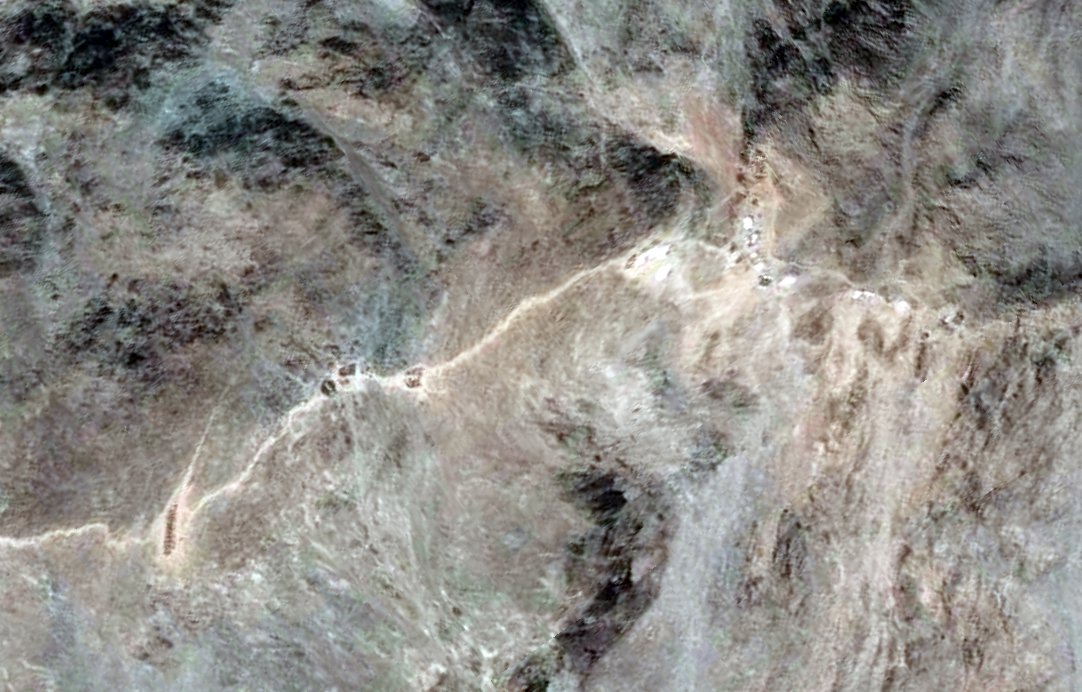
The Apaches being deployed in Ladakh is is even less surprising, given specific mobilisations by the Chinese in the past four weeks. In the last two days, satellite imagery analysts have spotted in clear view Chinese armour mobilisations in the Hot Springs area and the emergence of a series of pillboxes along the Finger 4 ridgeline in the Pangong sector.
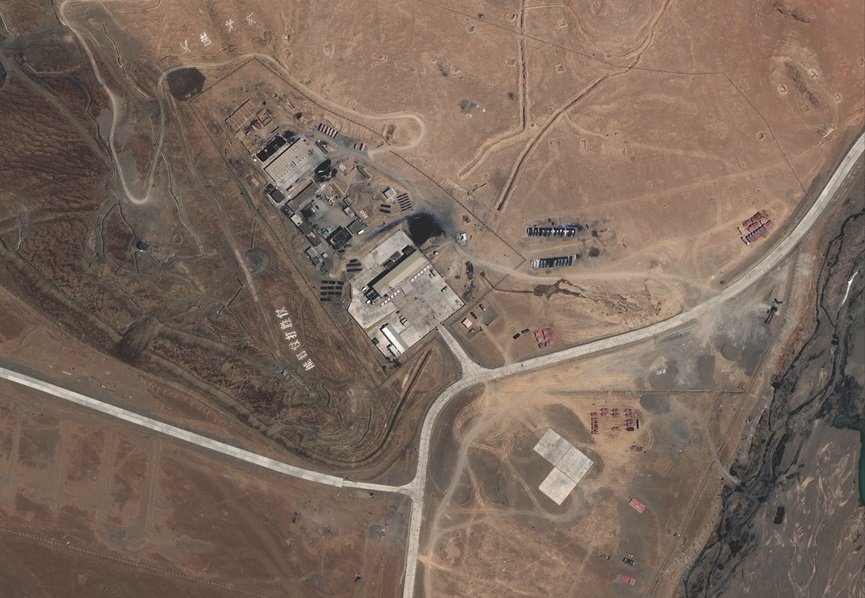
The Apaches, part of the Gladiators squadron based in Pathankot, about 270 km south-west of Leh. The helicopters are less than a year old in Indian service, with deliveries of 22 starting in July last year and squadron being formally inaugurated in September. The Indian Apaches, half of them Longbow versions, come armed with AGM-114 Hellfire air-to-surface missiles, AIM-92 Stinger air-to-air missiles, 2.75″ rockets and and a 30mm chain gun.
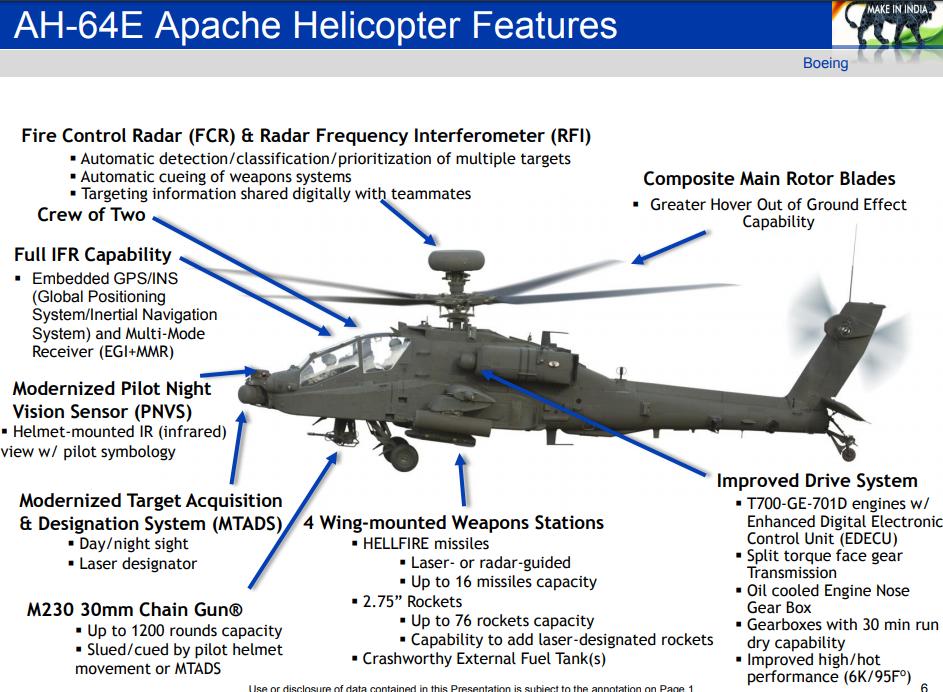
While the IAF has received all 22 Apaches on order, the Indian Army signed up for 6 AH-64Es in February this year. The IAF’s 22 are to operate both at Pathankot near the Pakistan border as well as Jorhat near the China border in India’s north east. While the Gladiators squadron Apaches have been on combat patrol flights near the international border in Punjab over the last few months, today’s images from Leh are their first known operational deployment in Ladakh.
Livefist reported earlier this week on major progress in India’s LCH program.
The other new American rotorcraft in IAF service, the CH-47F Chinooks have been to Leh before — and are back during the current tensions. Satellite imagery intelligence analyst DetResFa tweeted this image of a Chinook at Leh last month:
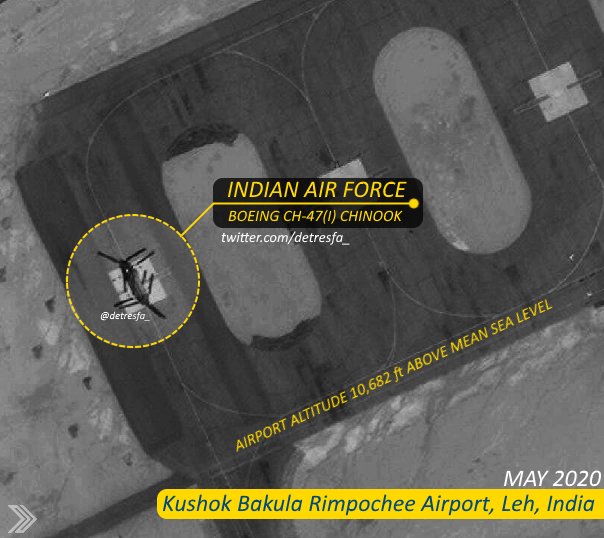
Meanwhile, reports emerged yesterday that border tensions would be speeding up Indian contracts for 12 more Su-30 MKI and 21 MiG-29 jets from Russia. It is unclear how soon contract could be signed though.

China is a rogue nation, she is the root cause of the covid-19 through the world, her South China Sea policy,her attitude towards Sen kaku island of Japan, the Hong Kong unrest, the Taiwan issue and many more have proved her dictatorship and anti democratic nature. In the latest ladakh incident her misadventure was thwarted with a bloody nose by our brave hearts. A handful of monsters in the name of communism have pushed the human race at stake.China’s every single attempt to dismantle our democracy that stands on a high altar will be pulverised by this great nation and our great tricolor will be fluttering on every peak of the great himalaya as ever.